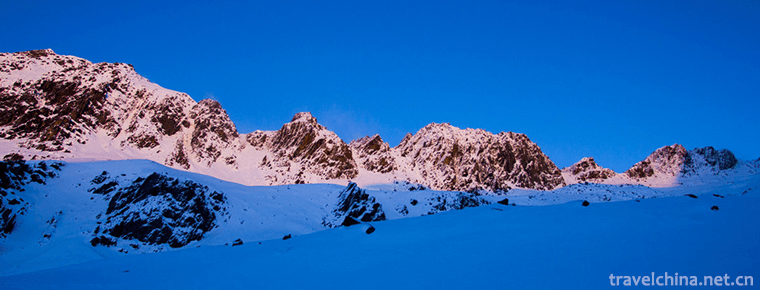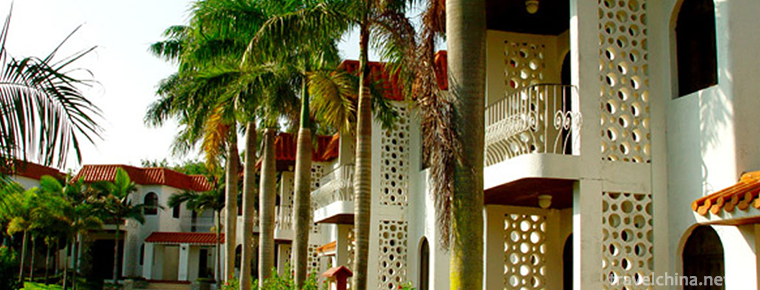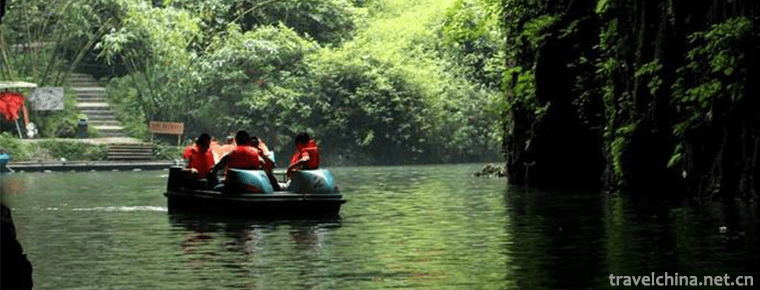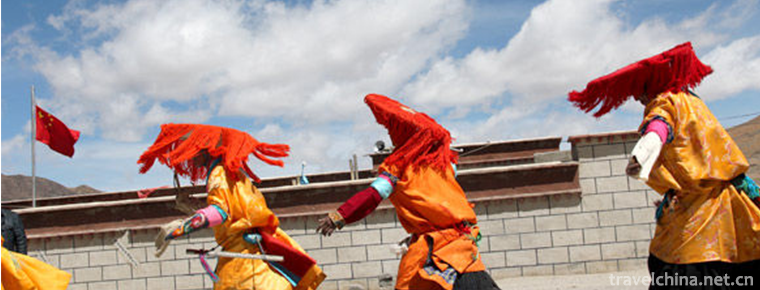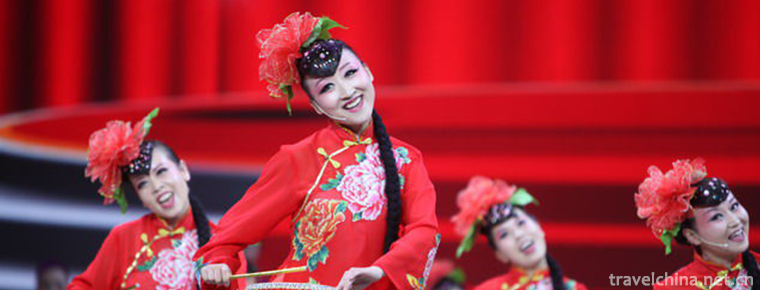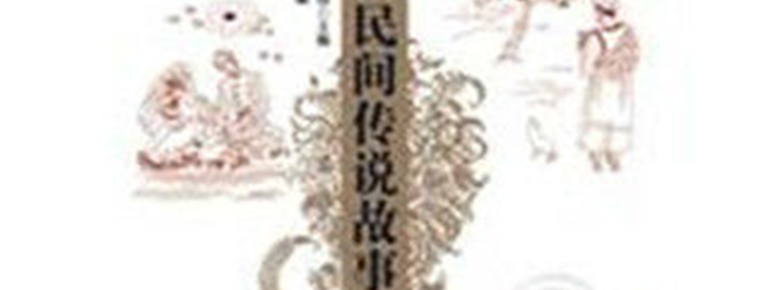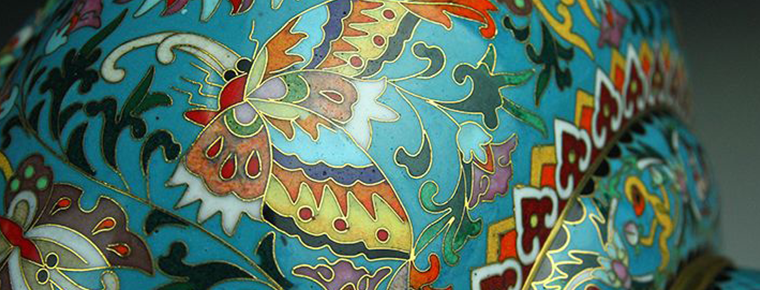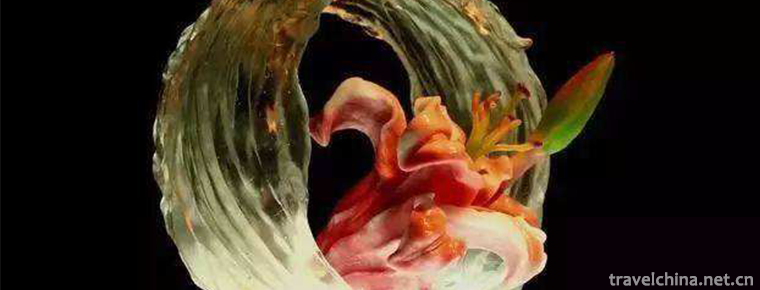Production Techniques of Tibetan Mineral Plant Pigments
Production Techniques of Tibetan Mineral Plant Pigments
Since the emergence of human beings, mineral pigments have been accompanied by human beings. Mineral pigments were first used to draw murals. The earliest examples of using natural colors found in China can be traced back to the late Paleolithic Age. Mineral pigments are the most basic raw materials of Thangka. Their never-fading color is inseparable from mineral pigments. Pigment minerals have the characteristics of bright colour, cleanliness and non-fading for thousands of years. Because these pigment minerals are formed in a certain geological environment, and have stable physical and chemical properties. Therefore, the colors of various paintings painted with these mineral pigments can remain unchanged for a long time.
On May 23, 2011, the production techniques of Tibetan mineral plant pigments were approved by the State Council and listed in the third batch of national intangible cultural heritage list.
Origin of skills
Thangka's early paintings mainly focused on the statues of Sakyamuni Buddha as a memorial, and were easy to move and worship. Later, three Buddhist statues, Manjusri Bodhisattva statue, Guanyin Bodhisattva statue, Tibetan King Bodhisattva statue, and their various statues of Dharma, the ancestors of various sects, the trustworthy worship of the original image, the statue of Dharma King appeared. From the story painting of Buddha itself, it has developed into the three circles of samsara and the world map of Western bliss.
It is a kind of exquisite works of art that Regong artists use natural mineral pigments to paint on canvas. The color of Regong Tangka is the primary feature of Regong art. Bright and dazzling, dignified and generous, is the fine brushwork of Buddhist painting art, the most national characteristics. Thangka can use pigments, all by their own processing and production, most of the natural. Ores are: clay, laterite, alkali, cinnabar, indigote, mercury, borax, coldstone, gypsum, alum, arsenite, realgar, iron sand, calcite, salt, purple copper ore, sulfur, chalcopyrite and copper oxide, as well as gold, silver, hawkstone, cat's eye stone, carmine, ink and so on; plants are: Chrysanthemum indigotica, Artemisia annua, Polygonum alba, Buffalo, yellow flower, chalcopyrite, etc. Delphinium, primrose, lentil, sunshade, green lotus, Chinese pine, cherry and so on. Medicinal materials include Coptis chinensis, rosin, rosin, saffron, Eucommia ulmoides, gentian, turmeric and some algae parasites, and animals: conch, pearl, keel, cap, coral and so on.
The processing and extraction of these minerals, animal and vegetable pigments are complicated, with many procedures, and chanting sutras to increase the strength of the whole work. But it is this raw material of color that has created the life and brilliance of Tangka art and made it glorious and bright, enduring and famous throughout the world.
The highly saturated gold technique is the artistic feature of Thangka painted by Regong. The four-arm Guanyin Bodhisattva is majestic and sacred. The green Tara and the white Tara are graceful and graceful. For example, the gentle and beautiful girl, the majesty King Kong, the Dharma Protector and the Joy King Kong are angry and fierce, and the good and evil are different. There are also yellow statues of wealth, not only worshipped in monasteries, but also worshipped by the people and businessmen.
Material sources
Tibetan Thangka artists have explored a unique method of ingredients, painting and gold painting in their long-term artistic practice. The pigments used to draw Tangka are all from natural substances. The main raw materials are natural minerals and plants produced in snow areas. There are two kinds of pigments: transparent and opaque.
Tibetan traditional painting pigments are mainly made of natural minerals and plants produced in snow areas. They are used to make and apply Tibetan mineral and plant painting pigments. These natural mineral and plant extracts can be used not only as paints, but also as medicines to cure diseases. They are called "Tibetan medicine" and "Tibetan color". The value of mineral pigments is that they are natural crystalline minerals extracted from crystal ores, which can make the picture glossy and increase the artistic value of the works. Plant pigments are mainly extracted from the leaves and barks of rare flowers, grass and trees in the snow area, which are light-resistant, heat-resistant and have excellent color life.
Blue copper ores and Malachite are produced. These ores can be ground to produce blue and green mineral pigments. The red, yellow and orange ores need to be found in Changdu and other places.
Thangka, sand painting altar city, murals, wood carvings and decorative paintings on furniture and other traditional works of art in the process of shaping, the demand for raw materials is also growing. In these artistic creations, the most inseparable raw materials are natural minerals and plant pigments. Thangka painted with natural minerals and plant pigments, the longer the time, the brighter the color.
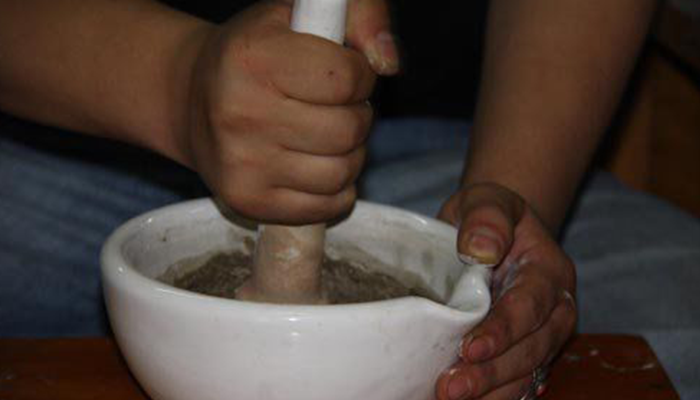
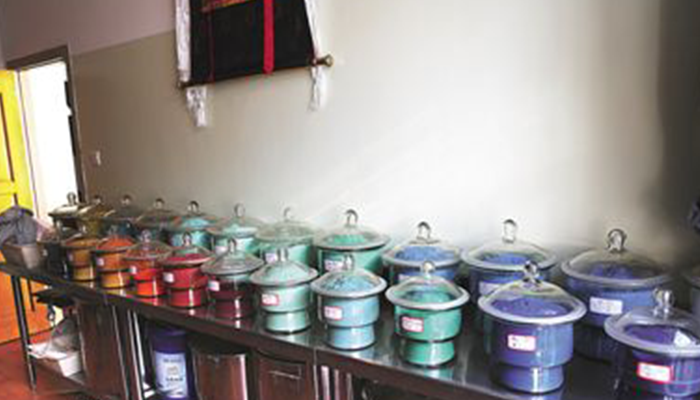
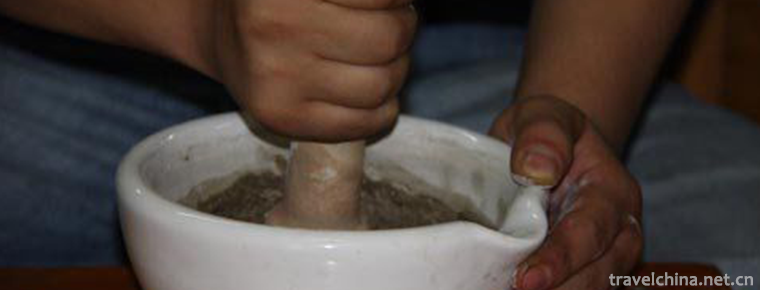
Production Techniques of Tibetan Mineral Plant Pigments
-
Conch Valley Scenic Area Hailuogou
Hailuogou is located in Moxi Town, Luding County, Sichuan Province, on the eastern slope of Gongga Mountain. It is a very high mountain area on the eastern edge of the Qinghai-Tibet Plateau. Located a
Views: 109 Time 2019-01-13 -
Blue Moon Bay Hot Spring Resort
Lanyuewan Hot Spring Resort is the largest four-star garden-style foreign-related hotel and national AAAA-level tourist scenic spot in Western Guangdong. It is located in the quiet "Guangzhou Bay
Views: 204 Time 2019-01-29 -
Shimen Xianhu Scenic Area
Shimen Xianhu Scenic Area is the first national 3A-level tourist scenic spot in Rongan County, located in Liuzhou, Guangxi. It has high Gorges out of Pinghu Lake
Views: 134 Time 2019-02-08 -
Dan GA harmonics
Jia Hao, which means "grand singing and dancing performance" in Chinese, is a kind of collective dance, usually performed in the Tibetan New Year and major festivals every year. Men
Views: 367 Time 2019-04-25 -
Fengyang folk songs
Fengyang folk song is a traditional folk song in Anhui Province. Fengyang folk song in Fengyang flower drum is one of the important components of Fengyang folk song
Views: 234 Time 2019-04-29 -
Heluo drum
Heluo Dagu, commonly known as "Shuoshu", is one of the traditional local songs in Henan Province.
Views: 192 Time 2019-05-03 -
Hui Folk Stories
Hui Folklore Stories is a book published by Ningxia People's Publishing House in 2009 by Li Shujiang and Wang Zhengwei.
Views: 378 Time 2019-05-04 -
Cloisonne Production Techniques
Cloisonne production skills, Chongwen District, Beijing, local traditional skills, one of the national intangible cultural heritage.
Views: 140 Time 2019-05-08 -
Glass Firing Techniques
Glass firing technology, Beijing Mentougou District, Shanxi Province, local traditional handicraft, one of the national intangible cultural heritage.
Views: 202 Time 2019-05-14 -
Sightseeing car in Chengdu Giant Panda Base
Chengdu Research Base of giant panda breeding currently covers an area of 1000 mu. Tourists can choose to take the sightseeing bus voluntarily if they walk for about 3 hours or take the electric sightseeing bus for about 1-2 hours. At present, there are 8 electric sightseeing buses in Chengdu Giant Panda Breeding Research Base to provide travel services for Chinese and foreign tourists.
Views: 71 Time 2020-12-13 -
Geographical environment of Guangyuan
Guangyuan City is located in the north of Sichuan Province. Its geographical coordinates are 31 ° 31 ′ n to 32 ° 56 ′ N and 104 ° 36 ′ e to 106 ° 45 ′ E. in the north, it borders Wudu County, Wen County, Ningqiang County and Nanzheng County of Shaanxi
Views: 133 Time 2020-12-15 -
Education in Yibin
In 2019, there will be 11000 students enrolled, 50900 students and 13600 graduates. There are 4 graduate training units, 393 graduate students, 918 students and 68 graduates. There are 17000 students in adult colleges and universities. 43500 pe
Views: 259 Time 2020-12-18
